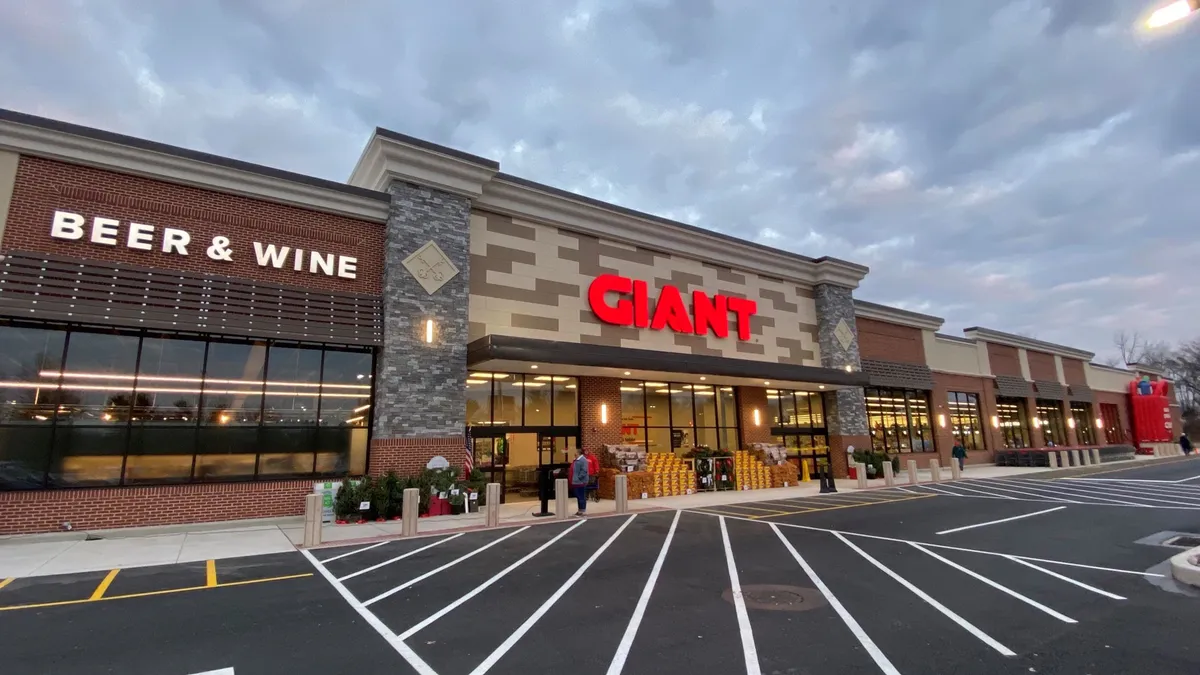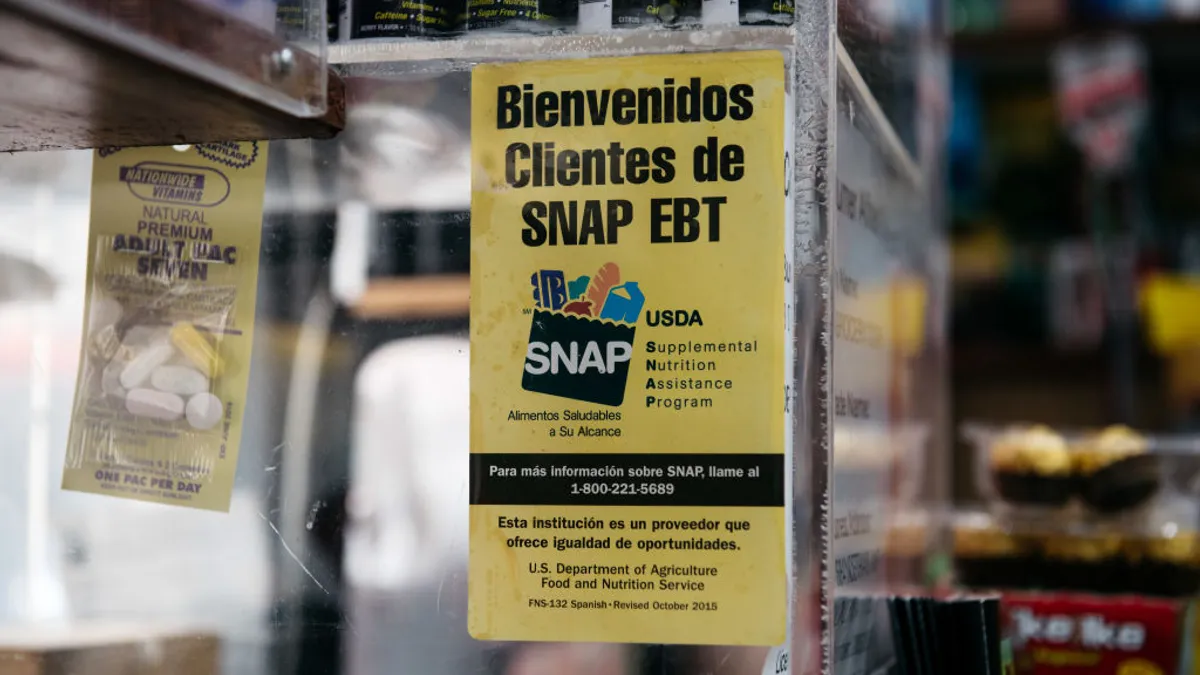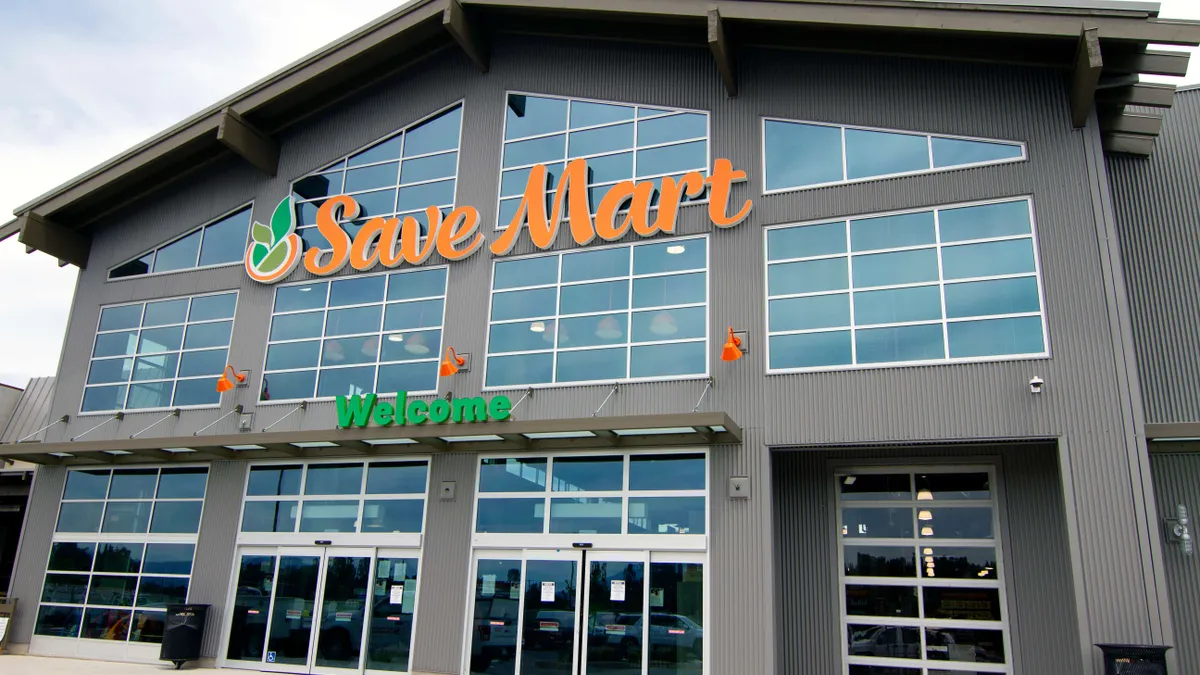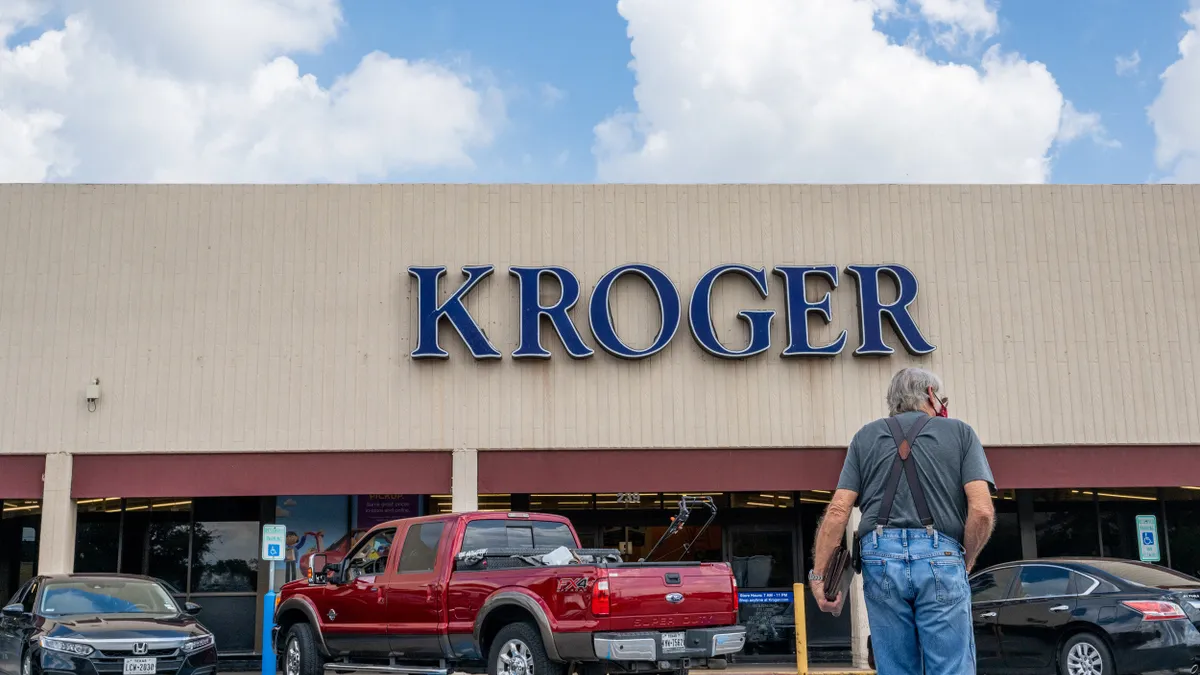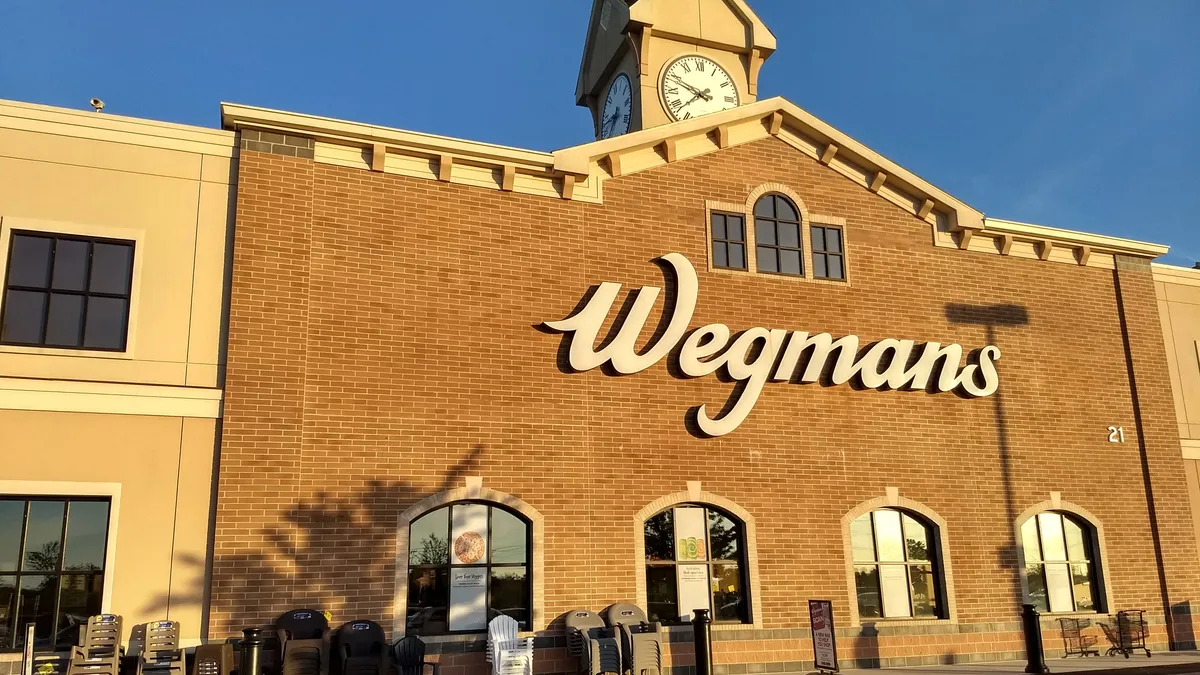Pardon the Disruption is a column that looks at the forces shaping food retail.
Grocers like a little bit of inflation in their business. Kroger CEO Rodney McMullen has said somewhere between 3% and 4% is optimal. That’s enough of an increase to pad out the top line, but not enough to send shoppers running for the hills.
But the sort of food inflation we’ve been seeing this year, which has crept up into the double digits in recent months, carries a significant amount of risk. Yes, those higher prices can boost sales. They can also push shoppers toward discount operators that are waiting with open arms.
As prices have gone up and up, I keep feeling like we’re going to see a mass exodus of consumers from the Krogers and Albertsons of the industry to retailers like Walmart, Grocery Outlet, Dollar General and Aldi. These low-price stores are everywhere now and, as Aldi has shown with its recent remodeling push, they’re targeting shoppers across income levels.
That exodus hasn’t happened, though. Yesterday, Ahold Delhaize reported topline results that exceeded expectations. This included a healthy 6.4% comps increase among its six U.S. banners. Natalie Knight, the company’s chief financial officer, said it has actually gained sales momentum as the year has gone along and prices have risen. Those results followed an 7.8% comps increase from Publix earlier this month and a 6.8% increase reported by Albertsons late last month.

These are not eye-popping financials like what we saw earlier in the pandemic, when locked-down customers were doing most of their food shopping with grocers. But they’re very solid, and indicate that grocery chains are keeping a lot of their price-weary customers shopping inside their stores and on their apps.
So what explains this outperformance on the part of grocers? Price increases alone don’t account for the sales and traffic increases we’re seeing.
There are some significant structural advantages that are playing in grocers’ favor. Well over two years into the pandemic, a lot of people are still working from home as companies have adjusted their policies. According to a recent McKinsey survey, 58% of U.S. jobholders — equivalent to 92 million people — have the option of working remotely at least one day a week. Thirty-five percent say they have the option of working remotely five days a week.
Some CEOs have claimed millions of consumers rediscovered their love of cooking during the pandemic — which is about as believable as me becoming the next executive chef at Per Se. The widespread acceptance of remote work, however, is a much more plausible driver of at-home eating. Albertsons’ CEO Vivek Sankaran cited the work-from-home trend a couple times during the company’s most recent earnings call, noting the company’s stores offer all the prepared foods and lunch-making ingredients people are looking for.
Another structural benefit is a stronger-than-anticipated American consumer, said Krishnakumar Davey, president of client engagement with industry research firm IRI, which closely tracks consumer, retailer and manufacturer trends. Like me, he predicted early in the year that demand at grocery stores would be lower than what we’ve seen.
“With all the pricing increases, people feared there’d be more trading down and doing without, but it hasn't really panned out,” he told me this week.
Certainly, high prices at the grocery store and at the pump are frustrating consumers and spurring them to trade down in many instances and hunt for bargains.
But overall grocery spending hasn’t changed all that much to this point. Andy Harig, vice president of tax, trade, sustainability and policy development with the Food Industry Association (FMI), said during a media briefing Wednesday that middle and upper-income shoppers haven’t really altered their weekly spending, while low-income families are actively trading down to lower-price goods. FMI data shows households are spending an average of $136 a week on groceries, down around 8% from the $148 per week they reported spending in February.
Meal solutions, private label and targeted promotions
Structural factors aside, grocers have also laid a lot of the groundwork in recent years to be able to maintain sales momentum amid inflation.
Yes, more people are working from home, but the food needs to actually taste good and be easy to make before they’ll buy it. Grocers have invested a lot of money in upgrading their prepared food selections. The quality is better and there are more options, from meal kits to packaged sushi to all-in-a-box family meals. The pandemic has forced companies to improve their omnichannel meal game and that appears to be helping promote a long tail of demand.
In a similar vein, grocers are also benefiting from the investments they’ve made in their private label assortments. Over the past decade or more, retailers have improved the quality of their store brand selections and pushed them into more categories. Simple Truth, Kroger’s natural and organic juggernaut, is now available in all major store categories, including produce, meat, personal care and household products.
Forty-one percent of consumers surveyed by FMI this spring said they’re putting more store brands in their carts, and more than three-quarters of that group said they plan to continue doing so.
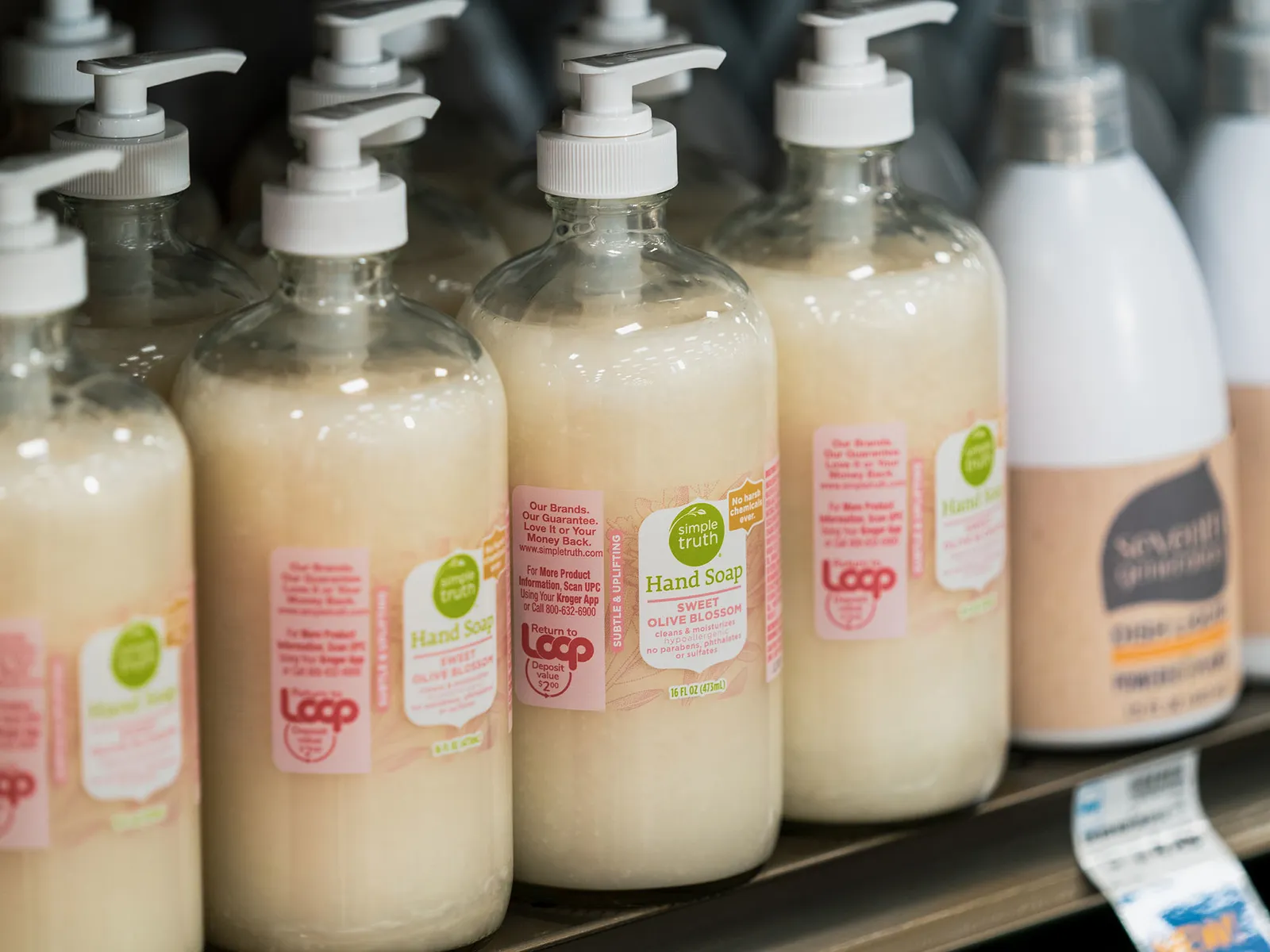
Digital enhancements, meanwhile, are helping grocers refine their customer loyalty strategies. Increasingly, retailers can target their promotions with pinpoint precision, which cuts down on marketing spend and tends to grab shoppers more effectively than a traditional circular. If you’re a price-sensitive parent, getting that targeted discount on baby food or kids toys could be what keeps you shopping with a retailer.
For many shoppers, e-commerce has been the service where they’ve cut back, unwilling (understandably) to pay the high prices and product markups as they tighten their budgets. But grocers shouldn’t overlook online grocery’s ability to add value to the shopping experience. Albertsons’ newly upgraded app, which includes a popular meal planning tool and list maker to complement online ordering, garnered 1.2 million unique users in Q1.
Competitive challenges loom
Even as some grocers have outpaced expectations so far this year, low-price operators are doing even better. Grocery Outlet just reported an 11% increase in second quarter comps, driven by shoppers trading down into its stores.
“We’re likely seeing some benefit of the customers shifting from, I’d say, more conventional, more expensive alternatives to the value model,” CEO Eric Lindberg said Tuesday during the company’s earnings call.
Recent IRI data shows that traffic is increasing at discount and club stores that all compete heavily on price and value. Trips to Walmart stores rose 7.1% in the 13-week period ended July 10 compared to the previous 13-week period, while trips to dollar stores rose 5.4% and trips to club stores rose 3.3% over that same period.
Grocers that compete closely with these discount players are likely struggling right now. That seems to be the case with Hy-Vee, which this spring ran a sprawling advertorial inside a few Iowa newspapers announcing layoffs and complaining about how inflation, supply chain pressures and labor shortages are all weighing down the company. Hy-Vee is now trying to offer more deals and fashion a lower-price image for itself in many of the Midwestern markets where dollar stores, Aldi and Walmart also compete.
Likewise, independent grocers that have to contend with a nearby Walmart or Dollar General, and that don’t have the capital to invest in inflation-busting strategies like targeted promotions and a robust meal program, are also likely feeling the pressure right now.
Grocers got a financial shot in the arm early in the pandemic, and some have been able to keep the momentum going amid record inflation. These companies can’t depend on structural benefits to last long-term, however. Even though grocery prices continue to rise, overall inflation is starting to moderate. And competitive challenges from restaurants, discount players and digital-savvy startups will only grow over time.
Grocers will need to continue evolving, executing and taking pains to understand the complex consumer behavior that supports their businesses.



